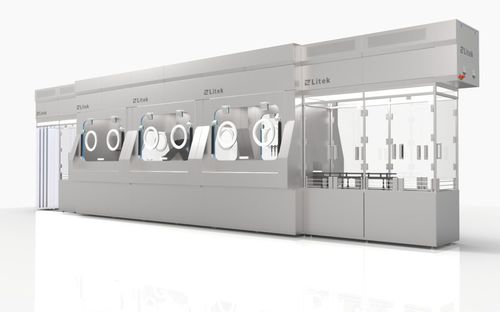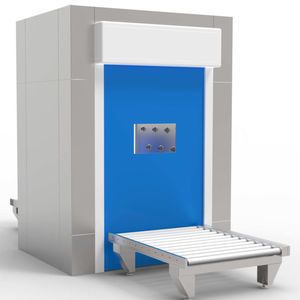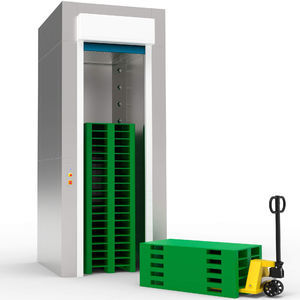
- Products
- Restricted-access barrier system
- Litek Industrial S.L.
- Products
- Catalogs
- News & Trends
- Exhibitions
Restricted-access barrier system for the pharmaceutical industry CRABS


Add to favorites
Compare this product
Characteristics
- Applications
- for the pharmaceutical industry
Description
Litek Pharma designs and manufactures cRABS equipment for aseptic production processes, adapted to the needs of each customer. Our designs are flexible and adaptable to each project. cRABS are closed, restricted access barrier systems that serve to effectively protect aseptic production processes, where leak-tightness is not required. Specially designed to be adaptable to pharmaceutical sterile filling lines.
They are highly effective protection systems for aseptic process protection, including a vertical unidirectional flow generating a grade A zone and including the perimeter enclosure structure with stainless steel structure, glass doors with inflatable seals, glove access and specific material transfer systems.
Basic equipment
• Chamber made of stainless steel AISI 316L, 3mm thick, internal polishing Ra<0.6
• Compact ventilation module, for recirculation.
• Tempered glass doors with inflatable gasket seals
• Gloves access.
• Electrical panel incorporated in annex module.
• LED lighting
Automation
• Siemens PLC
Optional
• Main chamber manufactured in AISI 316L stainless steel sheet.
• Validatable Electronic Data Recording Software, 21 CFR Part 11, GAMP5.
• Viable / and non-viable particle monitoring
• Temperature and humidity monitoring
• Temperature and humidity control
• SCADA system.
Exhibitions
Meet this supplier at the following exhibition(s):

*Prices are pre-tax. They exclude delivery charges and customs duties and do not include additional charges for installation or activation options. Prices are indicative only and may vary by country, with changes to the cost of raw materials and exchange rates.








